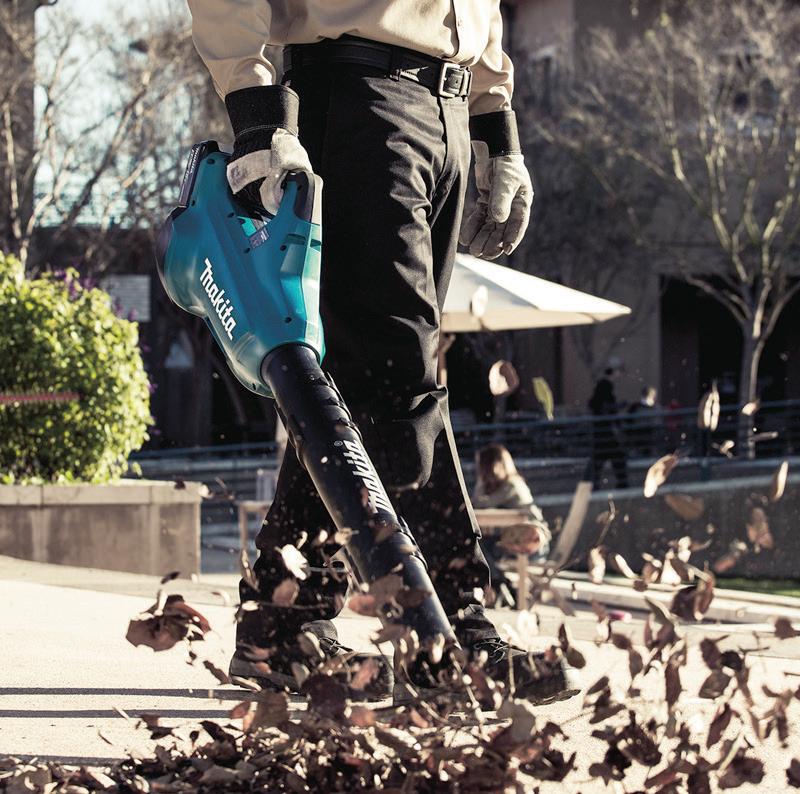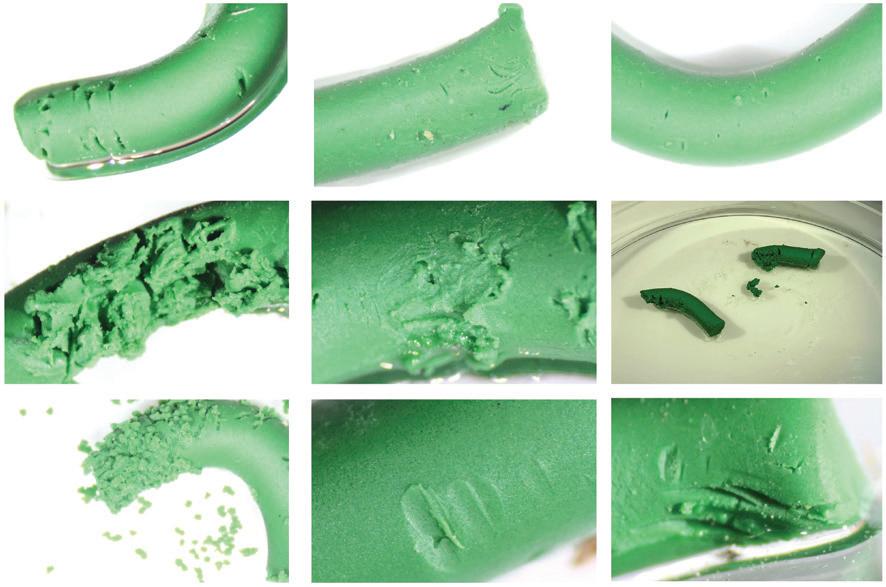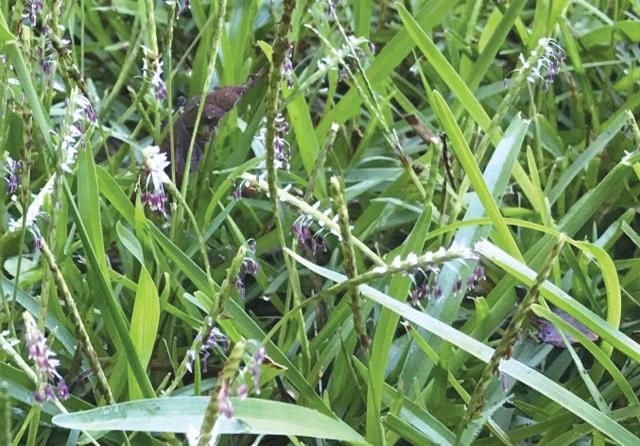
3 minute read
Guide to safe and courteous leaf blower use
MYTH:
Leaf blowers produce excessive emissions
FACT: Equipment manufacturers have been working with the U.S. EPA and California Air Resources Board for nearly two decades to reduce small engine emissions – the same small engines in leaf blowers. And they have accomplished a lot: Gas-powered small engine emissions have been reduced by as much as 90 percent. That’s a number we are proud of. And as landscapers we now have access to battery-powered blowers that have zero exhaust emissions to meet many of our needs.
MYTH:
Leaf blowers produce excessive dust and debris.
FACT: Studies have shown that a leaf blower, when used properly, generates no more suspended dust and debris than a broom. The San Joaquin Valley Air Pollution Control District in California commissioned a study that concluded daily driving of automobiles generates 100 times more dust than leaf blowers.
Again, we practice safe and courteous use of our equipment. This means: • Using the lowest possible throttle speed to get the job done and reduce dust and suspended particles. • Wetting very dusty areas prior to blowing. • Checking wind direction and intensity so dust and debris aren’t moving toward open windows or doors. • Starting with the nozzle close to the ground at first – then raise it to a height where it generates the least amount of dust. • And if the debris is excessively dusty – like construction debris, dry topsoil, or large amounts of gravel – considering using a different tool for that particular job
MYTH: A ban or restriction is the only way to address the issue.
REALITY: A leaf blower ban is not only a severe and unnecessary remedy, but is also one that is expensive and difficult to enforce. A more reasonable course of action is for landscapers to use the most modern, efficient, and to follow
When you are using your leaf blower, it’s important to act responsibly, remember all safety guidelines, and be courteous. Remember to read your owner’s manual, and familiarize yourself with your equipment’s operation.
Here are some reminders:
> Dress for safety. Long pants, a long-sleeved shirt, boots, and a good pair of gloves will help protect your body from debris. Ear and eye protection (safety goggles or glasses) should be worn, and long hair secured to shoulder length. > Check your leaf blower. Inspect the blower before and during use to make sure controls, parts, and safety devices are not damaged and are working properly. Review your safety manual if needed. Never modify a blower in a way not authorized by the manufacturer.
> Keep it outside. Never use a blower indoors or in poorly ventilated areas.
> Blow with care. Do not use your blower on gravel driveways, mulch, or bare dirt, which can stir up dust. > Pay attention. Focus your attention on the task at hand. > Keep it to yourself. Never point an operating leaf blower in the direction of people or pets. > Maintain space around you. Make sure bystanders, including other people using leaf blowers, are at least 50 feet away before you turn on your leaf blower. Stop blowing if you are approached by someone. > Be polite to others. Be aware of local restrictions on equipment operation, and don’t use your blower during neighborhood quiet hours. Limit the number of blowers used on small residential sites to reduce noise.
industry best practices for safe and courteous use. As residents, business owners, and employers in our communities, we want to work together with community leaders, homeowners, equipment dealers, and other stakeholders to find common ground and compromise, and to develop ordinances that focus on permissible hours of operation, as well as safe and courteous use of equipment, while allowing us the freedom to choose the best equipment to complete our work.










